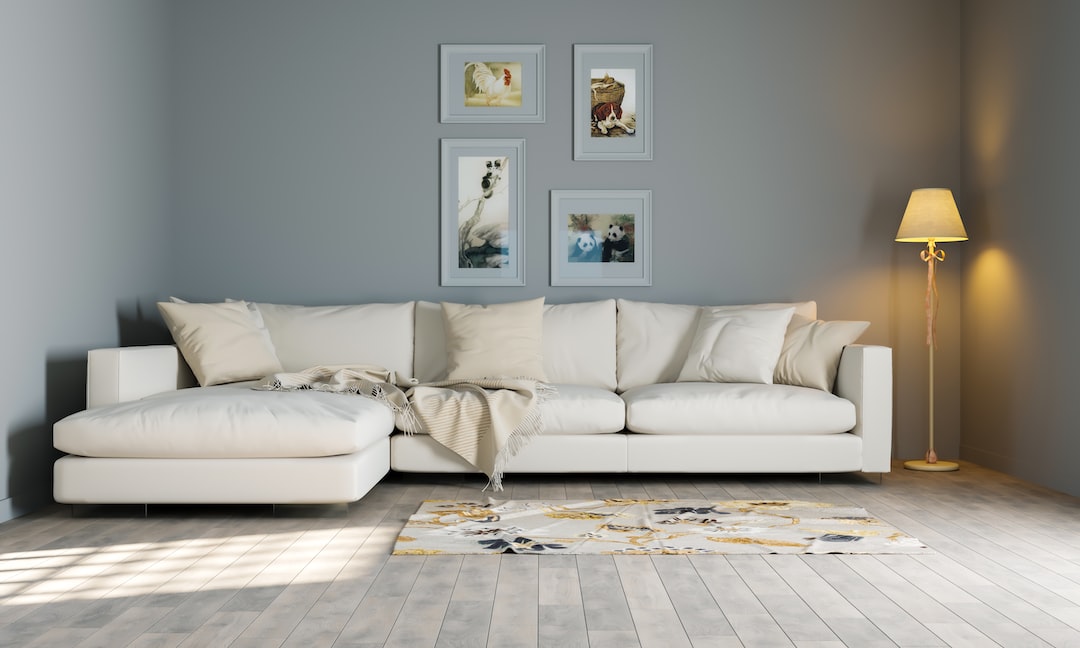The Influence of Scandinavian Design in Contemporary Furniture
Scandinavian design has long been revered for its clean lines, minimalist aesthetic, and functional approach. Originating in the mid-20th century, this design movement has left a lasting impact on the world of furniture and interior design. Today, the influence of Scandinavian design can be seen in contemporary furniture all around the world. In this blog post, we will explore the key elements of Scandinavian design and how they have shaped the furniture industry.
One of the defining characteristics of Scandinavian design is its emphasis on simplicity and functionality. Scandinavian designers believe that form should always follow function, and this principle is evident in their furniture creations. Clean lines, devoid of unnecessary ornamentation, are common in Scandinavian furniture design. This minimalist approach allows the beauty of the materials and craftsmanship to shine through.
Another hallmark of Scandinavian design is its use of natural materials. Traditionally, Scandinavian furniture is crafted from light-colored woods, such as birch and beech. These woods are known for their durability and warm, natural tones. By using natural materials, Scandinavian designers aim to create a sense of harmony between the furniture and its surroundings. This connection to nature is a central theme in Scandinavian design and reflects the region’s appreciation for the outdoors.
Functionality is also a key consideration in Scandinavian furniture design. Scandinavian designers prioritize practicality and usefulness, creating furniture that not only looks good but also serves a purpose. Pieces are often designed with multiple functions in mind, such as storage solutions or modular designs that can be easily customized to fit different spaces. This focus on functionality has made Scandinavian furniture highly sought after in contemporary interiors, where space is often at a premium.
The influence of Scandinavian design on contemporary furniture can be seen in several popular trends. One such trend is the rise of the open-concept living space. Scandinavian design encourages a seamless flow between rooms, with furniture that is versatile and adaptable. Modular sofas, for example, can be rearranged to create different seating arrangements depending on the needs of the space. This flexibility makes Scandinavian-inspired furniture perfect for modern living, where spaces serve multiple purposes.
Another trend inspired by Scandinavian design is the use of light colors and natural textures. Scandinavian furniture often features light, neutral tones, creating a sense of calm and tranquility in a space. Light-colored woods are combined with textiles in shades of white, beige, and gray to create a harmonious color palette. Natural textures, such as wool or linen, are also prevalent in Scandinavian-inspired furniture. These elements contribute to a serene and timeless aesthetic that is both welcoming and modern.
Scandinavian design also values craftsmanship and quality. Scandinavian furniture is known for its exceptional craftsmanship, with each piece being meticulously constructed and finished. Attention to detail is important, and the focus is on creating furniture that will last for generations. Scandinavian-inspired furniture in contemporary interiors is often seen as an investment, with individuals willing to pay a premium for its superior quality and longevity.
In conclusion, Scandinavian design has had a profound influence on contemporary furniture. Its minimalist aesthetic, use of natural materials, and emphasis on functionality have shaped the way we furnish our homes today. Scandinavian-inspired furniture can be found in homes and offices around the world, with its clean lines and timeless elegance creating spaces that are both beautiful and practical. Whether it’s a modular sofa, a light-colored wooden dining table, or a woolen armchair, the influence of Scandinavian design can be seen in the furniture we choose to fill our living spaces.

